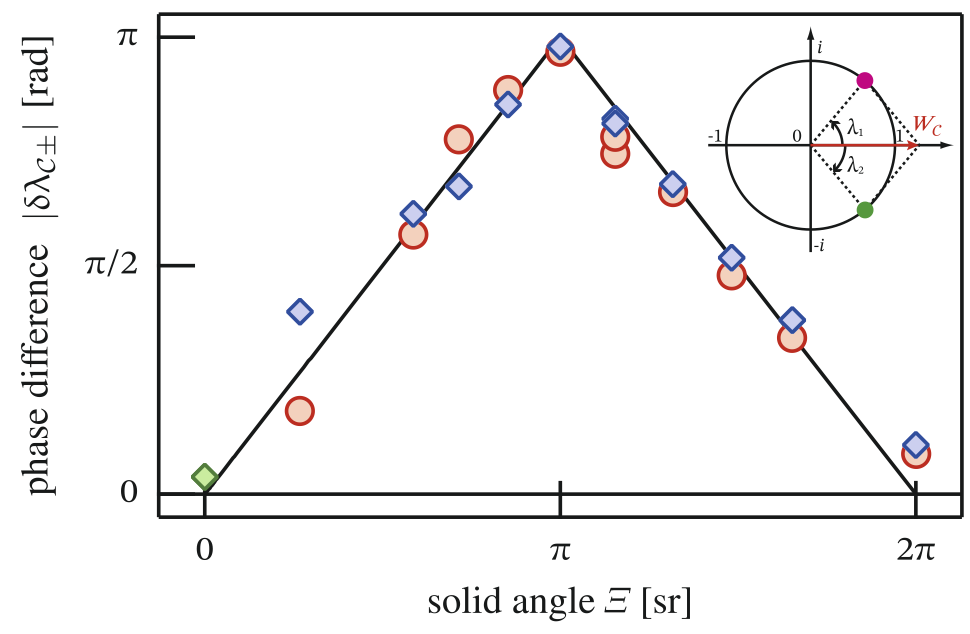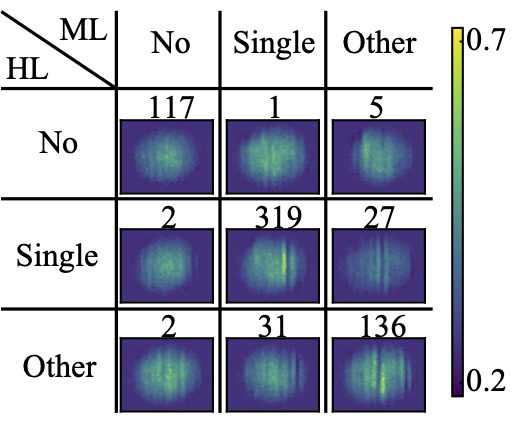Combining machine learning with physics: A framework for tracking and sorting multiple dark solitons
In ultracold-atom experiments, data often comes in the form of images which suffer information loss inherent in the techniques used to prepare and measure the system. This is particularly problematic when the processes of interest are complicated, such as interactions …










